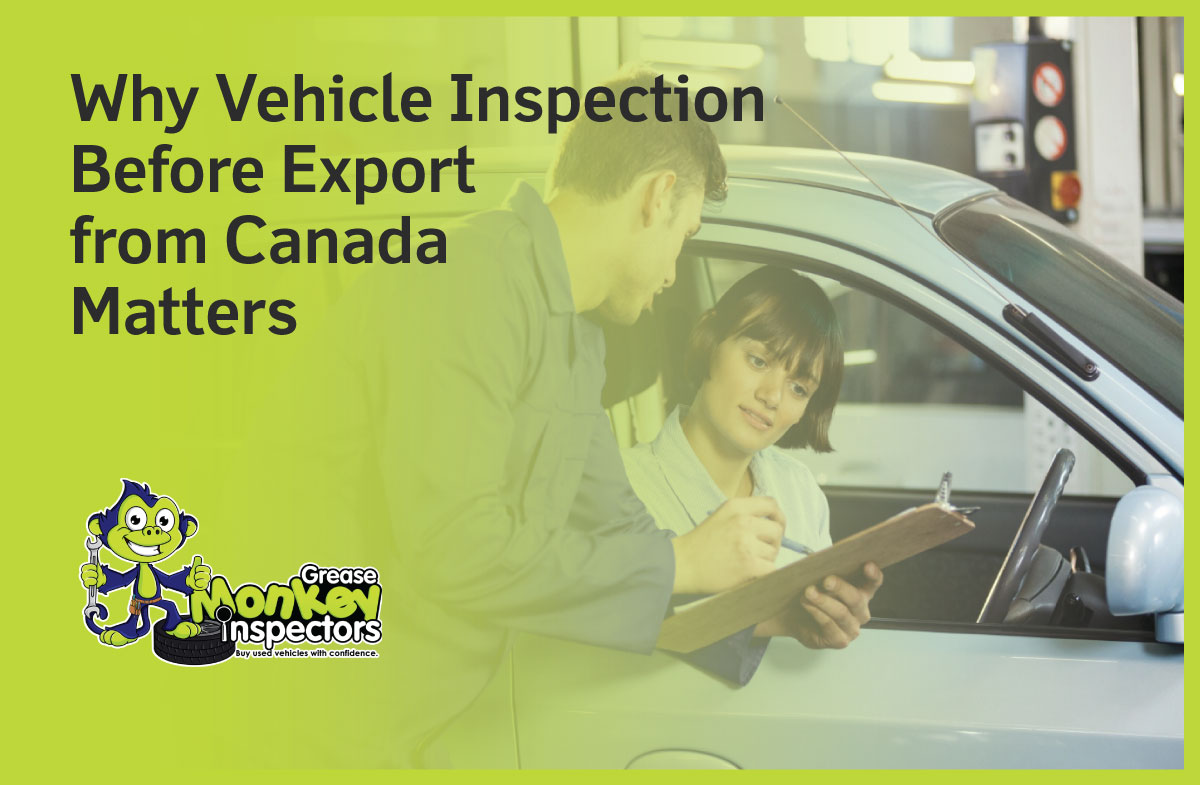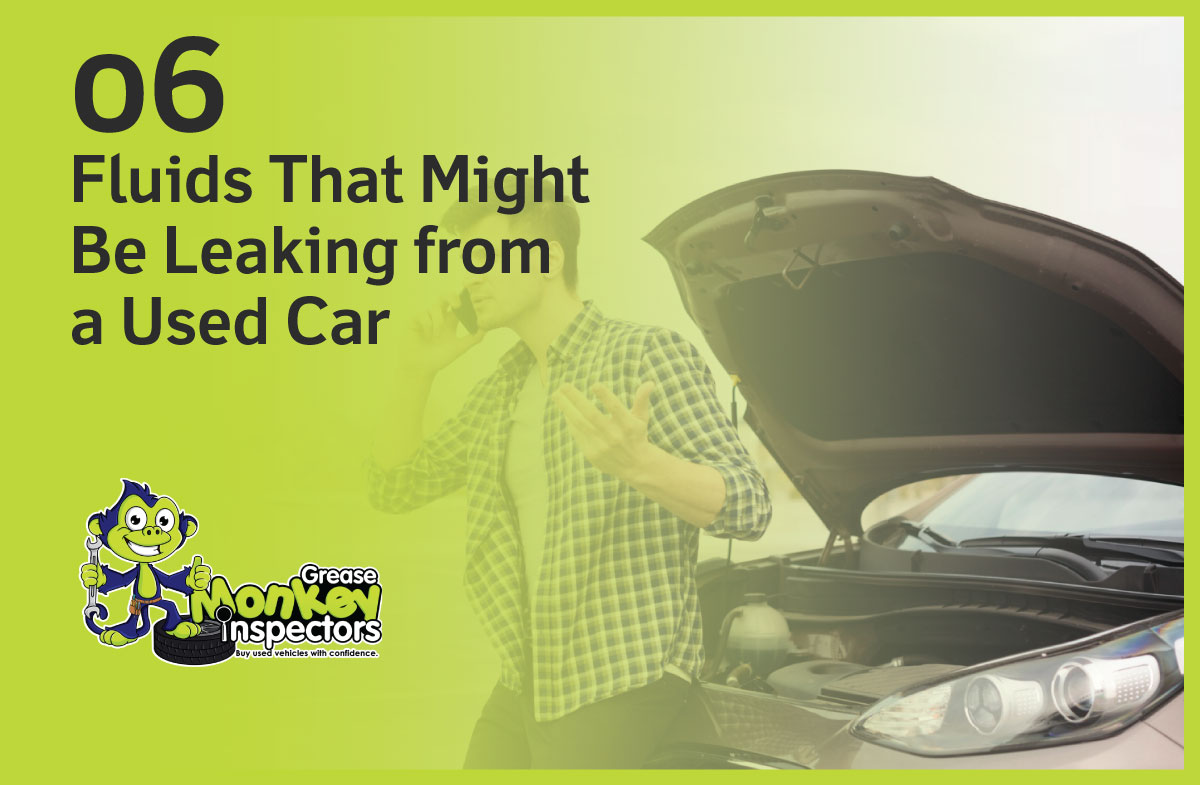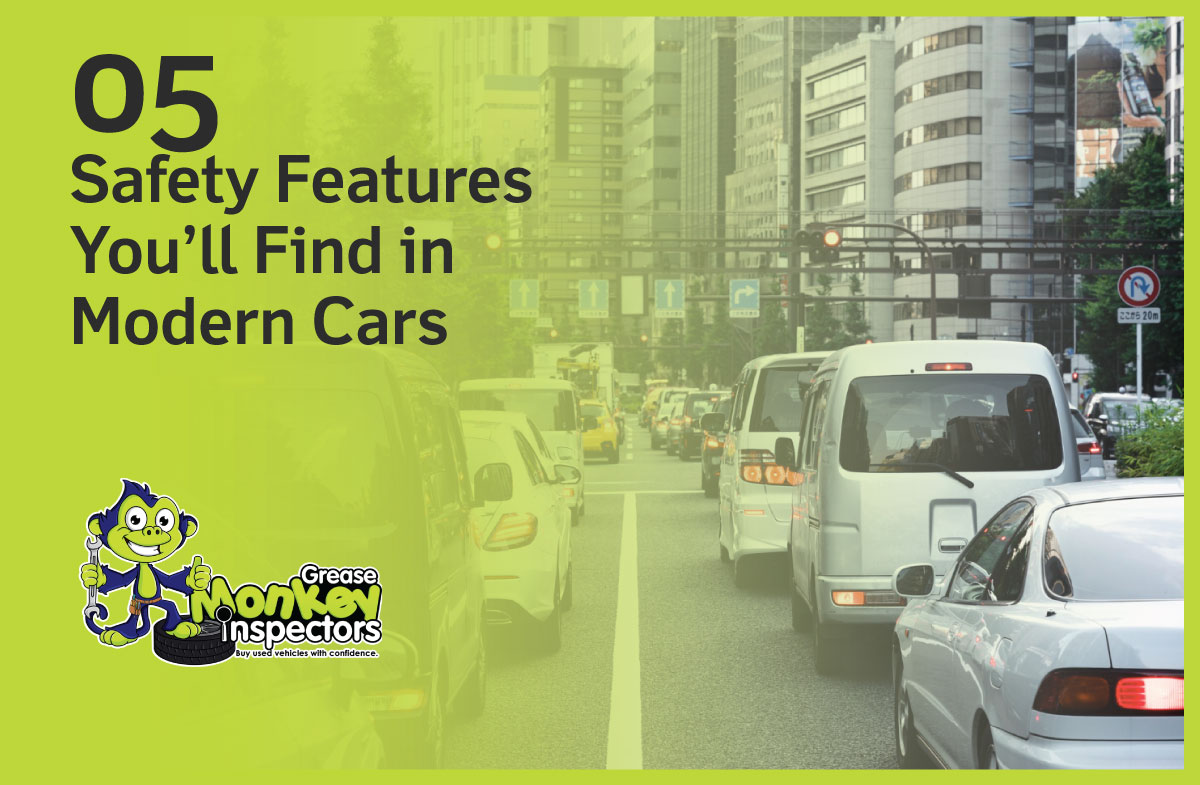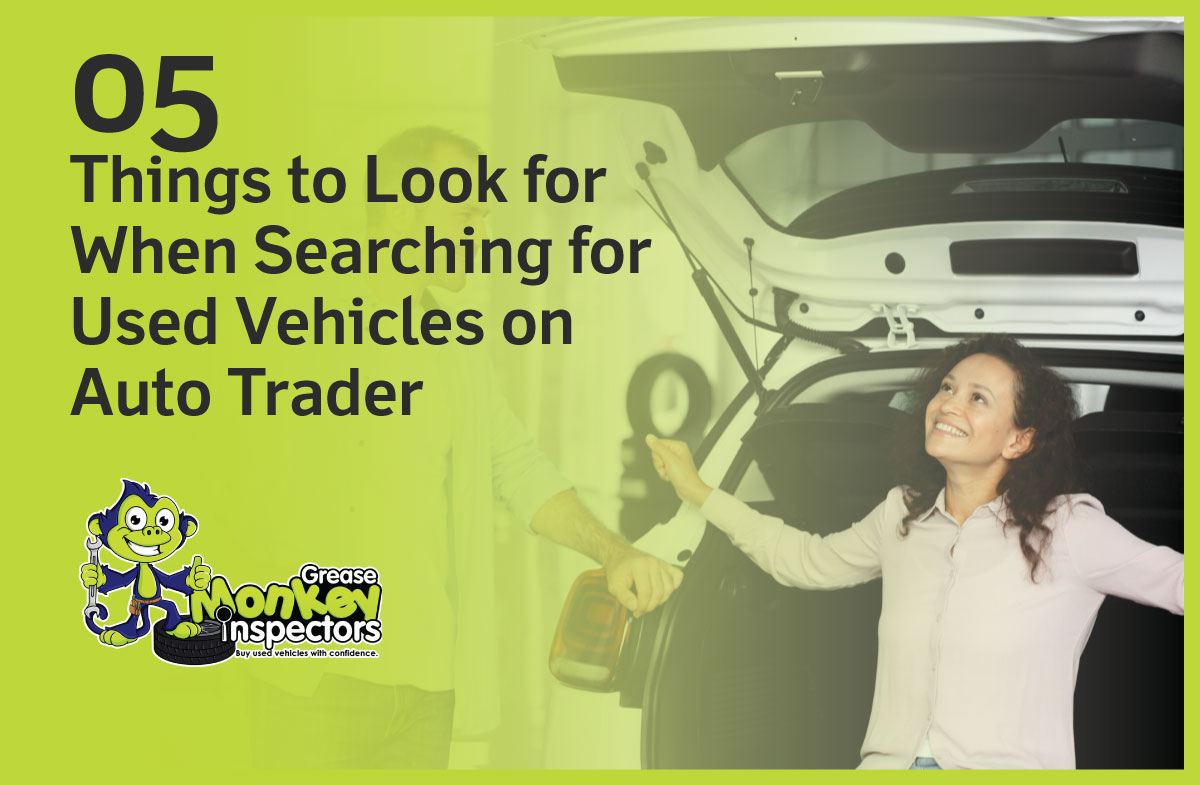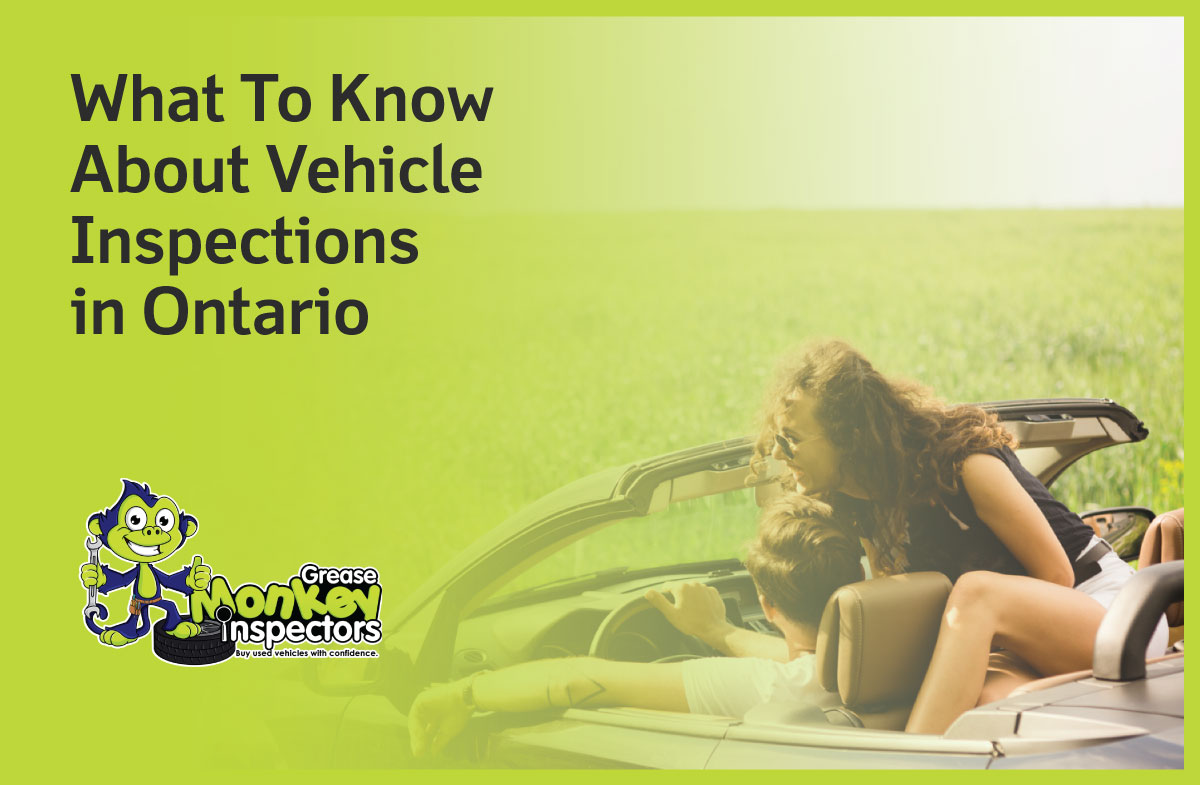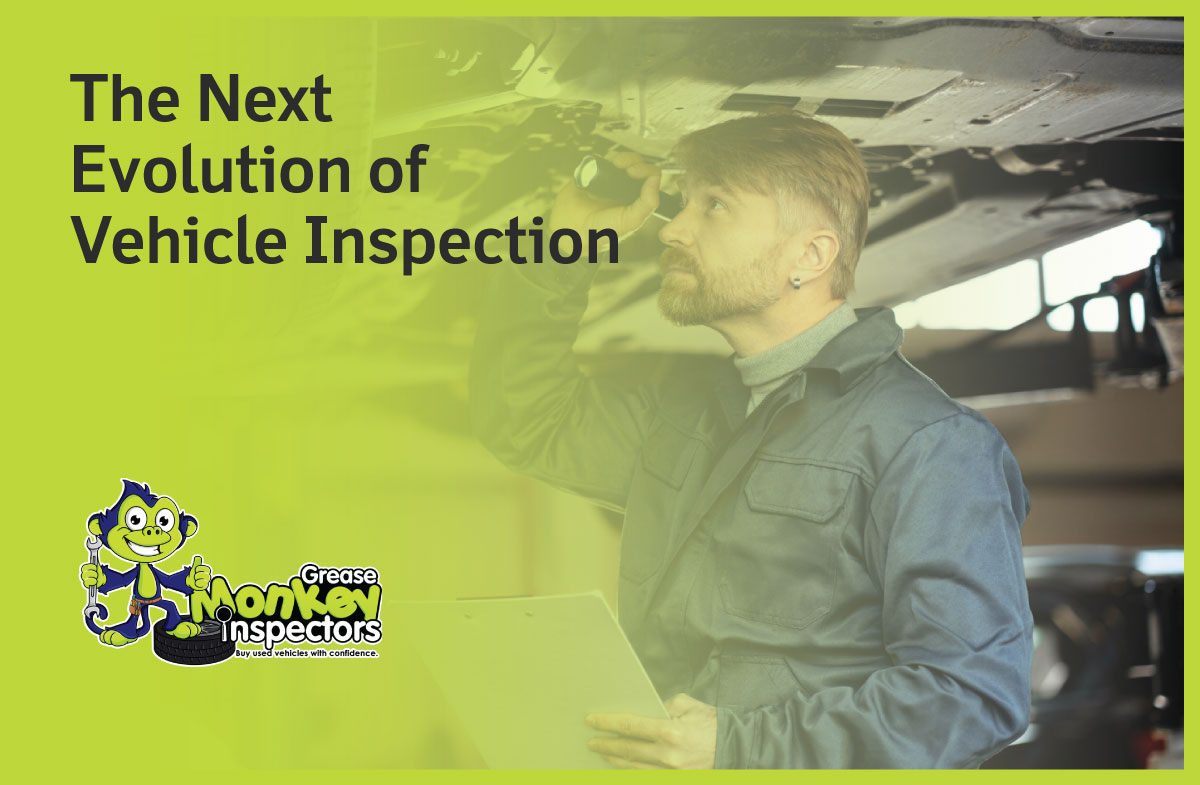What is a Vehicle Inspection and Why is it Crucial?
When exporting a vehicle from Canada, Vehicle Inspection is essential to ensure that we meet the safety and quality standards required internationally. Our detailed inspection process helps identify any potential issues, giving us peace of mind that we are exporting a reliable and safe vehicle. This thorough assessment can prevent unexpected surprises and protect our investment.
Benefits of Vehicle Inspection in Canada
A comprehensive Vehicle Inspection in Canada ensures that we comply with regulations, saving us from potential penalties or rejections at customs. It’s not just about meeting legal requirements—it’s also about providing us with accurate information about the vehicle’s condition. By choosing a reliable inspection service like Greasemonkey Inspectors, we can be confident in the quality of the vehicle before it leaves Canadian soil.
Why Choose Vehicle Inspection in Ontario?
In Ontario, the rules for Vehicle Inspection in Ontario are stringent, ensuring that exported vehicles adhere to the highest standards. This region has a robust system for monitoring vehicle safety, making it an ideal location for conducting thorough inspections. Opting for an inspection in Ontario means that we are getting a quality check that aligns with global expectations.
How Greasemonkey Inspectors Helps with Vehicle Inspection
At Greasemonkey Inspectors, we specialize in pre-purchase Vehicle Inspection services. We bring our expertise directly to our clients’ locations, offering convenient, on-site inspections tailored to individual needs. Each inspection includes a comprehensive history report, detailing the vehicle’s past performance, potential issues, and overall health. This transparency helps us make well-informed decisions, avoiding costly mistakes when exporting vehicles.
The Value of a Detailed History Report
Every pre-purchase vehicle inspection performed by Greasemonkey Inspectors includes a detailed history report. This report covers previous accidents, maintenance records, and any major repairs. Having this information is crucial when exporting, as it gives us a clearer picture of the vehicle’s value and longevity. With the right details at our fingertips, we can make smarter, more confident decisions.
Avoiding Risks with Pre-Purchase Vehicle Inspection
A thorough pre-purchase inspection can prevent us from making a poor investment. Hidden mechanical problems or past damage can significantly impact the vehicle’s value and safety. By investing in a trusted service like Greasemonkey Inspectors, we reduce the risks associated with buying and exporting used vehicles, ensuring we get what we expect.
Streamlining the Export Process with Accurate Information
Exporting a vehicle is a complex process, and having accurate information is crucial. An inspection report from Greasemonkey Inspectors can simplify the documentation process, making it easier for us to handle customs, insurance, and other export-related paperwork. Accurate information saves us time, effort, and money, ensuring that the vehicle’s journey from Canada to its new destination is as smooth as possible.
Protecting Our Investment with Vehicle Inspection in Canada
Ultimately, Vehicle Inspection in Canada protects us from unforeseen issues that could arise during or after the export. A reliable inspection ensures that our vehicle meets international standards, maintains its value, and is ready for use upon arrival. It is an investment in quality that pays off in the long run.
For more details on our inspection options, explore our Inspection Packages.

